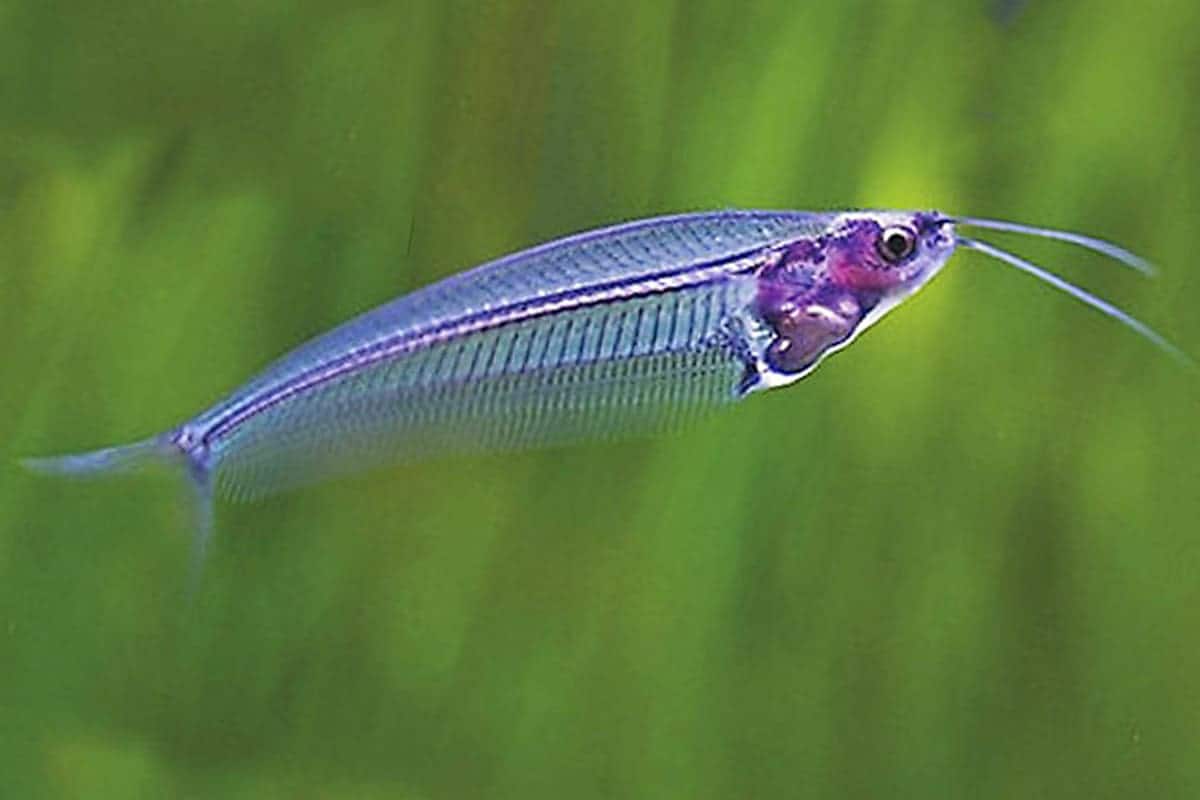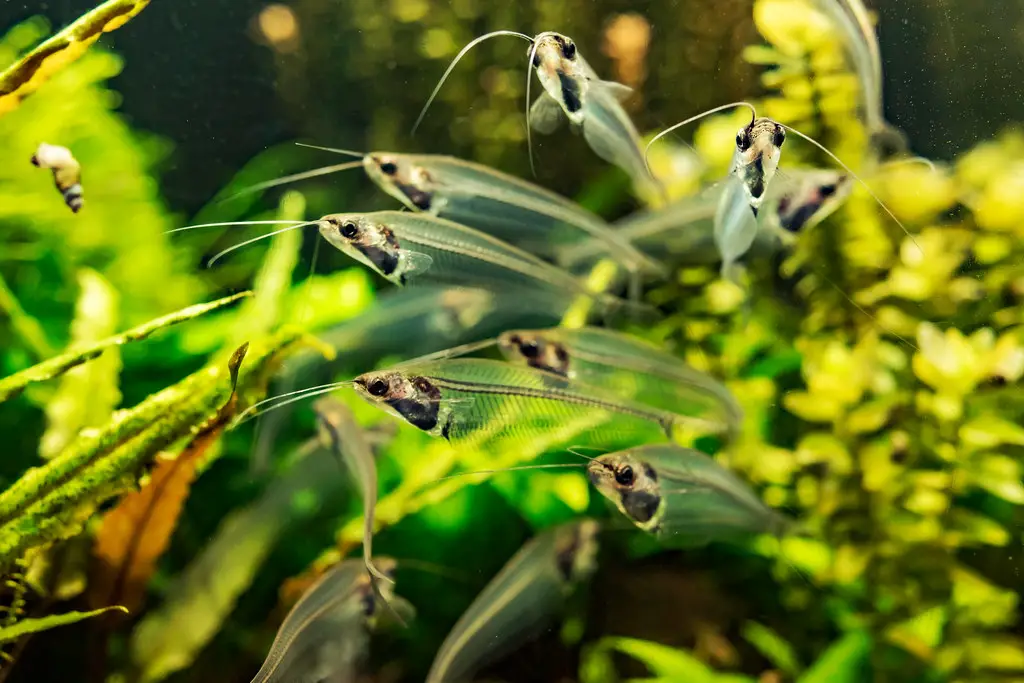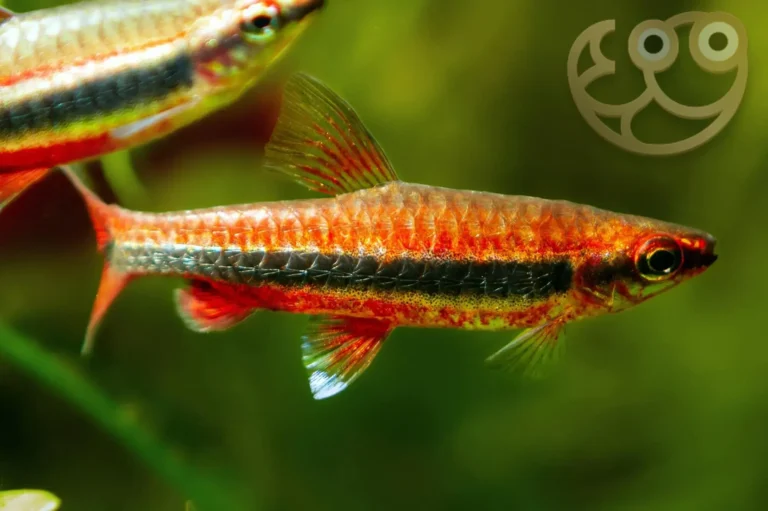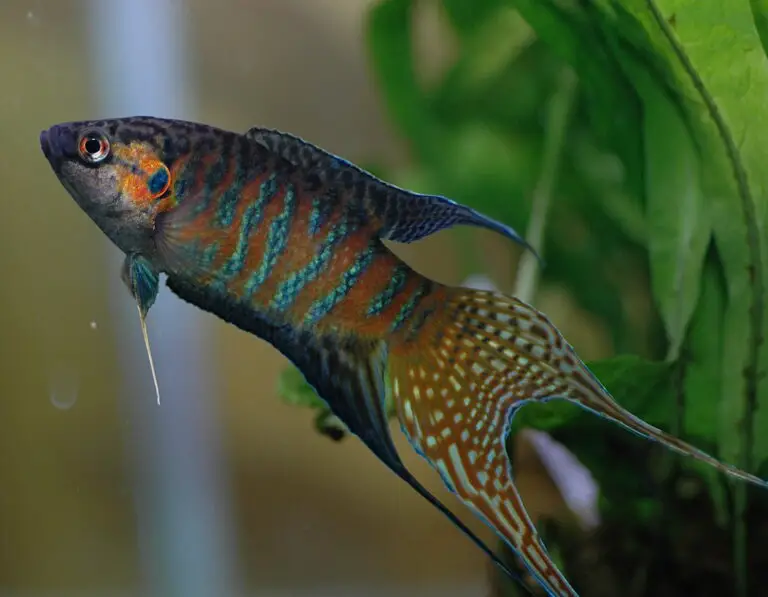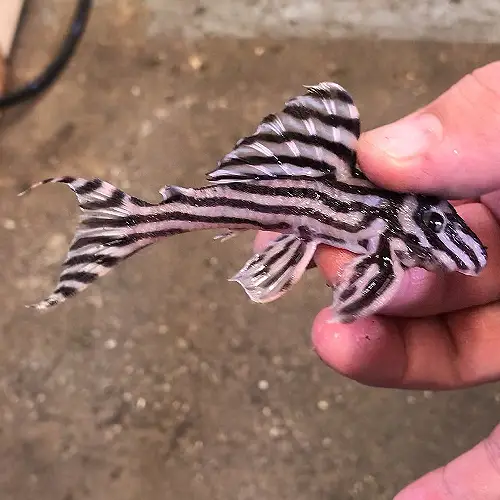Exploring Glass Catfish: Freshwater Fish Profiles for Aquarium Enthusiasts
Glass catfish are among the most intriguing species of fish found in freshwater aquariums. Their translucent bodies, peaceful temperament, and schooling behavior make them a captivating addition to any aquatic setting. For aquarium enthusiasts looking to enrich their underwater landscape, understanding the profiles of these unique creatures is essential.
In this comprehensive guide, we will dive into the world of Glass Catfish, shedding light on their distinct characteristics, proper care and maintenance, health and disease management, as well as the intricacies of breeding and reproduction. By the end of this post, you will not only have a better understanding of these ethereal fish but also be equipped to provide them with the care they need to thrive in captivity.
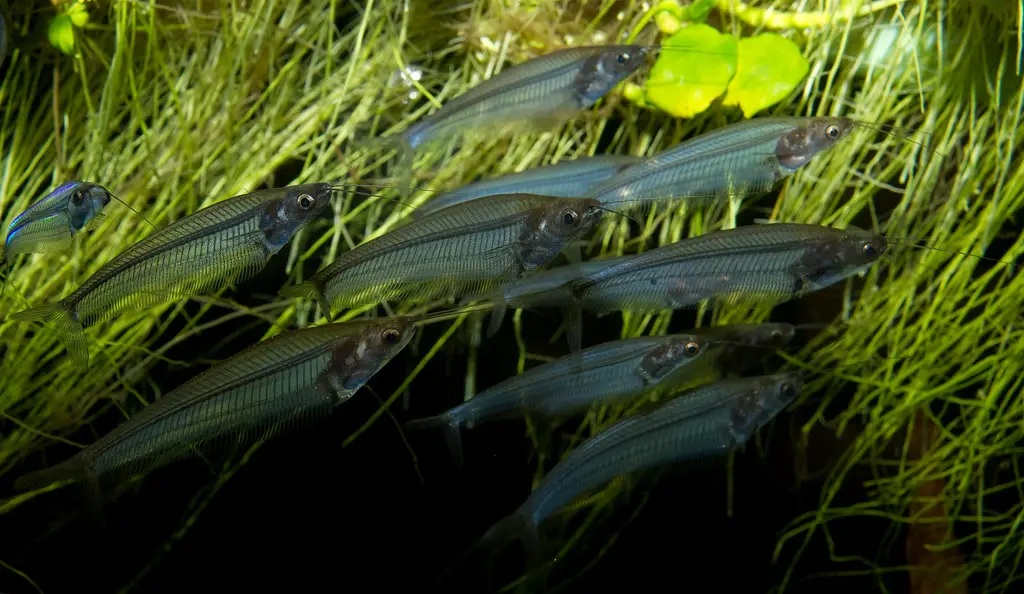
Characteristics of Glass Catfish
The Ethereal Aesthetic
First and foremost, the Glass Catfish derives its name from its transparent, glasslike appearance. With a ghostly silhouette and an elongated, ribbon-like body, they create a surreal presence as they glide through the water. Their internal anatomy, such as the spine and organs, is visible, adding to their mystique.
Peaceful Demeanor and Sociable Nature
Glass Catfish are naturally docile and social creatures. In the wild, they are known to form tight-knit schools to protect themselves from predators. For this reason, it’s recommended to keep them in groups of at least five individuals to ensure their well-being and replicate their natural behavior.
Habitat Homebodies
While these fish are not particularly demanding in terms of habitat, they do appreciate a well-planted tank with plenty of hiding spots. Being shy by nature, the presence of vegetation gives them a sense of security. They are also native to the streams and rivers of Southeast Asia, so be sure to maintain a moderate flow within the tank to emulate their natural environment.
Care and Maintenance Tips
Setting Up the Ideal Environment
Start with a tank that’s at least 20 gallons in size to accommodate a school of Glass Catfish comfortably. Filtration is crucial for maintaining water quality, and a soft to slightly acidic pH level ranging from 6.5 to 7.5 is ideal. Keep the water temperature between 75°F and 80°F.
Omnivorous Appetites
Feeding your Glass Catfish a varied diet rich in protein and vegetable matter is key to their health. They will readily accept high-quality flake foods, as well as live and frozen options such as bloodworms, brine shrimp, and daphnia. Feed them small portions twice a day, and ensure they consume their meal within a couple of minutes.
Harmonious Tank Mates
Their peaceful nature makes Glass Catfish excellent community fish. They coexist well with other non-aggressive species such as tetras, rasboras, and peaceful cichlids. Be mindful of their delicate fins and avoid keeping them with fin-nipping species.
Health and Disease Management
Understanding Common Ailments
Like any fish, Glass Catfish are susceptible to various health issues, including stress-related diseases and fin rot. Signs of distress may manifest in a loss of appetite, listlessness, or abnormal swimming behavior. Regular observation is crucial for early detection.
Proactive Prevention
The best defense against diseases is a proactive approach to maintenance. Regular water changes, a well-maintained tank, and a balanced diet go a long way in keeping these fish healthy. Implement a strict tank maintenance schedule and quarantine new fish to avoid introducing pathogens.
Medication and Recovery
Should your Catfish fall ill, swift action is necessary. Medications are available to treat common ailments, but it’s essential to treat the entire tank to prevent the spread of the disease. Be cautious with dosage and follow the manufacturer’s guidance. A separate quarantine tank can also be used for recovery.
Breeding and Reproduction
The Mating Dance
Glass Catfish exhibit interesting behavior during the mating period, which usually involves a distinctive dance between male and female. Spawning typically occurs when the water temperature rises, mimicking the onset of the monsoon season in their natural habitat.
Creating the Perfect Love Nest
A separate breeding tank with soft, slightly acidic water is conducive to successful spawning. Provide fine-leaved vegetation such as java moss for the females to deposit their eggs. It’s important to keep the tank dimly lit to reduce stress and maintain privacy.
Nurture and Growth
After spawning, the adult Glass Catfish have been known to consume their own eggs, so it’s best to remove them to avert this risk. The fry are incredibly small and require infusoria or other tiny live foods for the first few days. Over time, they can be transitioned to finely powdered dry foods and then to larger food items as they grow.
Conclusion
Exploring the world of Glass Catfish is a rewarding experience for any aquarium enthusiast. These magical creatures, with their enchanting appearance and peaceful charm, have the potential to be the stars of your underwater show. By adhering to the guidance provided in this profile, you can ensure the welfare of your Glass Catfish and offer them a safe, stimulating environment to call home.
With proper understanding and thoughtful care, your Glass Catfish will bring years of joy and wonder to your aquatic sanctuary. Take the plunge, learn more about these fascinating fish, and watch your aquarium come to life in ways you never imagined.
